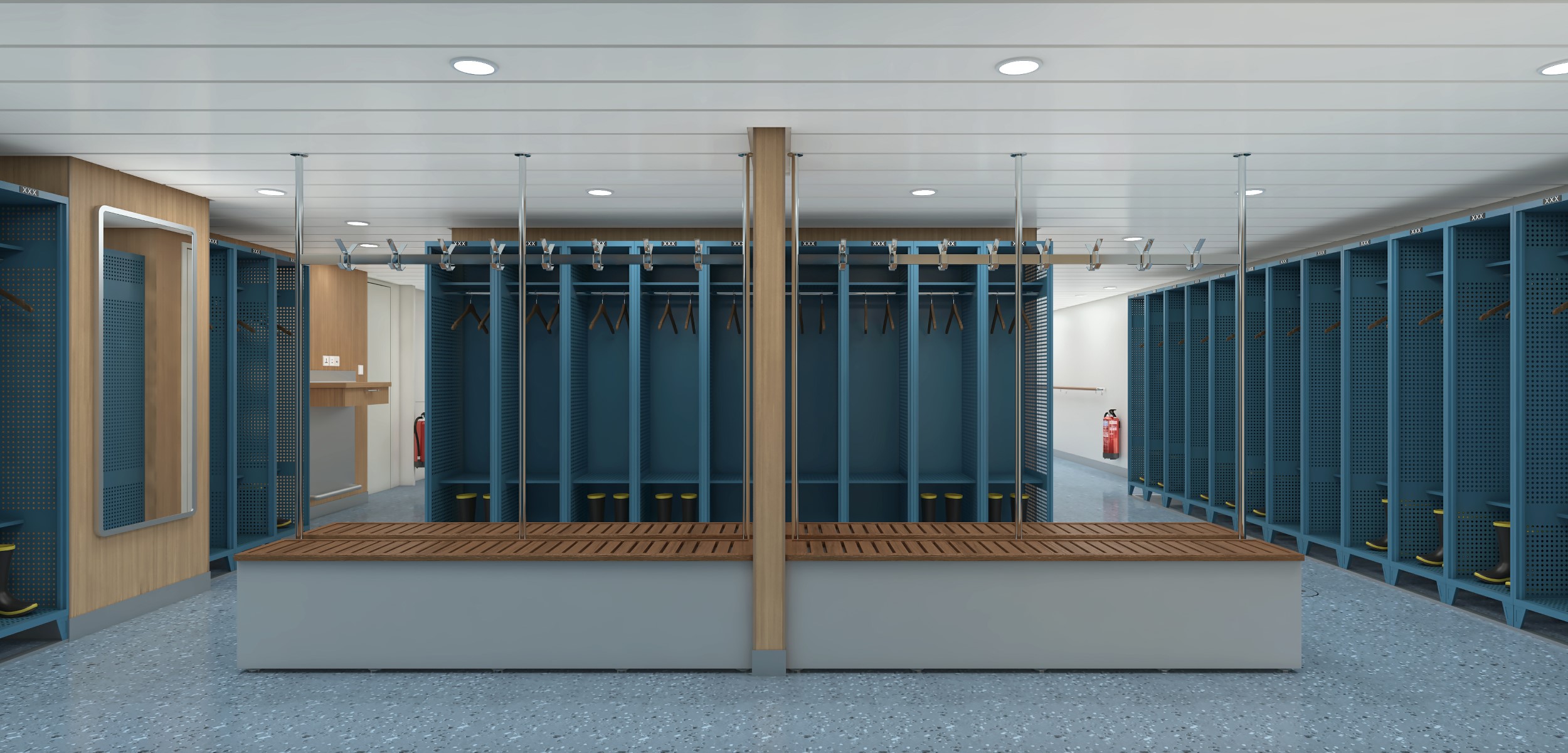From the start, AE Expeditions was destined to be different. Our passion for adventure, exploring wild places and sharing the experience with friends burns just as brightly as it did 30 years ago, as does our preference for small-group, personal expeditions.
Each expedition is accompanied by an expedition team we believe are the world’s best. Remote area specialists, their onboard lectures entertain and expand your knowledge.
Whether you’re joining us for the first time or returning for another thrilling adventure, our original goals remain unchanged. Explore wild places that stir the soul, offer personal attention on unforgettable expeditions and welcome new friends into the AE Expeditions family.
Sustainability in Action
We have an ongoing commitment to responsible, respectful travel. As one of the first operators to become an IAATO and AECO member, we take our responsibility seriously. We are curious, we are passionate. We care about reducing our footprint environmentally. We are taking real actions for the care of the planet. We are doing MORE to help make a positive impact on the planet.
Scuba Diving
Travelling in small groups (average 132 passengers) on our purpose-built small ships means that, unlike on larger ships, you can join every excursion, getting into the environment and exploring via shore landings, Zodiac cruises, guided hikes (geared for all levels), kayaking, snorkelling, diving or the infamous polar plunge!
In 1998, we offered the world-first commercial diving trip to Antarctica, and we’ve built on our polar experiences ever since. With numerous diving opportunities on our expeditions, no two days are alike. Scuba diving is available in our polar, temperate and tropical regions, a truly inspiring and unforgettable experience awaits.
You might have noticed we don’t call it a cruise but an expedition. We invite you to ignite your curiosity, passion, and care for the natural world, and join us on board the Greg Mortimer or the Sylvia Earle for a true AE Expeditions experience of a lifetime – and travel for good
Citizen Science
Travel is always the best educator and we offer the chance to enrich your curiosity and expand your knowledge and understanding of the places we travel to. There is no better learning opportunity than being in the field with subject matter experts.
Our Citizen Science Program is designed to be an interactive forum of like-minded travellers to share new discoveries and deepen their connection to the natural world in a relaxed, informal and fun environment – both on board our ships, on our fascinating shore expeditions and in our zodiacs.
You can make a difference as we can provide invaluable data to the scientific community through you taking part. You too can become an ambassador for the protection of our majestic but fragile blue planet when you return home by sharing what you have learned.



_-_Railway_Station-custom_small_banner.jpg)
































